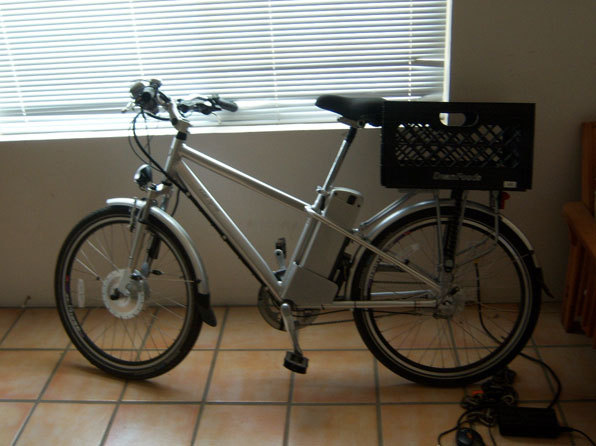nero wrote:The author argues that most of it can be performed by remote controlled robots but he is being niave if he feels that that solves the problem. The replacement of people with machines increases the capital costs and complexity. The factory he imagines working on the moon would be the most sophisticated piece of machinery ever devised by man. I have the feeling that to the author the factory is a big black box and that as long as you have enough energy and the right elements you can make anything in it. Maybe that's how things work on StarTrek but we aren't there yet.
Nero, I don't want to minimize the complexity and cost of LSP, but one point in Criswell's favor is that factory automation is extremely sophisticated even now. Most electronic products are already built almost entirely by robots. The factory doesn't have to build "anything"; it just has to build solar panels. I don't believe a solar panel fab would be the most sophisticated system ever devised by man. Massively automated semiconductor fabs and assembly lines are being built all the time. The challenge is how to put one on the moon, and supply it with silicon, metals and other raw materials from lunar soil. It may even be possible to skip the fab idea, and just send up the panels as rolls of thin-film fabric which can be rolled out onto the surface by robots.
Also, telepresence is a practical idea which is at the engineering level, as shown by the success of the recent mars rovers.
The author doesn't completely discount the need for some people actually present on the Moon to operate/fix the factory so we are back to the question how many people would be necessary? Using the ISS as a guide how much would it cost to build and maintain the quarters for those people. The ISS has taken decades and over 100 billion dollars to get this far. The base on the Moon would be at least 10 times as expensive and take at least as long to get going(IMO).
Maybe. Where did you get the 10 times figure from? I believe the hardest part of the earth-moon journey is the leg from earth to earth-orbit. The Apollo program sent a lot of tonnage and people to the moon, and wasn't prohibitively expensive. It would make a lot more sense having the robots/people up there working on something with a huge potential commercial payoff, instead of hitting golf balls and doing gee-whiz science fair projects. They should be doing real, practical work.
Don't get me wrong I'm all for setting up a self sustaining colony on the moon and a demonstration LSP would be a nice goal. But I think you would be fooling yourselves if you think the program would ever make economic sense.
What do you mean "ever"?

Your comments about commercial feasibility raise a good point. I thought the most interesting parts of Criswell's work were his comments on providing enough energy to make everyone on earth energy-wealthy, like the first world is now.
But think about this: Suppose we knew, for a fact, that we could lay out $1 trillion, and thereby set-up a system which produces electricity "too cheap to meter". Who will put up the money for it? Nobody, because it doesn't make economic sense. No investor wants to invest in a mine which will be so productive that it causes the price of the commodity to drop to zero. So, although I'm a generally a proponent of capitalism, this is an area where it is clearly defective. In cases like this, capitalism actually
hinders growth.
Personally, I think the benefits of electrifying every household in the world with free, clean energy is worth a trillion dollars. It certainly would be a more constructive use of the money than the Iraq War (for instance), and it didn't take much effort to dig up that war money. They just wrote the checks -- it took five minutes. Energy security is at least as important as military security, and every powerful nation knows that. If energy problems start to really bite, the big checks will be written -- the only question is where they will go. Personally, I prefer space energy to nuclear because it's clean, and the growth potential is infinite.
It reminds me a little of open software, like Linux or Wikipedia. There is no capitalistic motive to engage in large, labor-intensive complex projects if the final product is free. And yet, oddly enough, these projects get done, and they become an extremely valuable opus and inheritance of all mankind. We're going to have to adopt an approach like that if we want to capture the big energy flows. How exactly to do that is the riddle. The international cooperation involved in modern space development is a good practical model.
I don't think "not enough money" is a valid excuse. The money is there. It just needs to be aggregrated on an unprecedented scale. Human beings may have to take a big, new step, where the initial capital investment is orders of magnitude larger than anything ever before attempted, but so is the pay-off. We may have reached the point where baby-steps won't get us to the next rock in the stream. We might have to jump.



![BangHead [smilie=BangHead.gif]](https://peakoil.com/forums/images/smilies/BangHead.gif)








